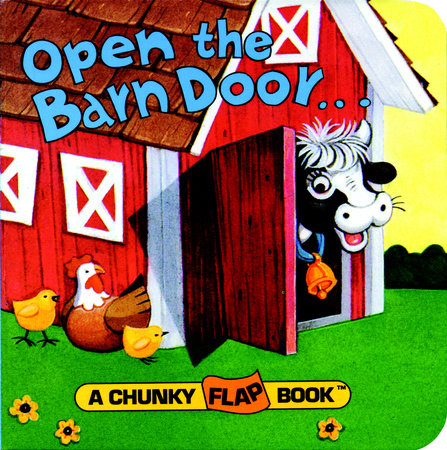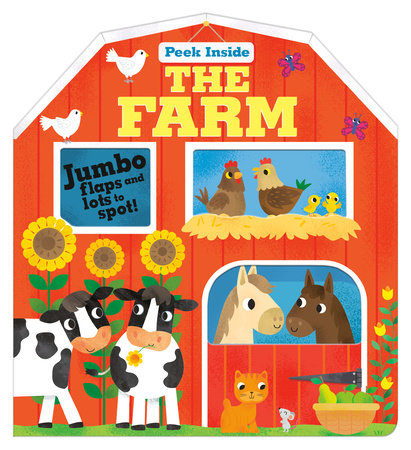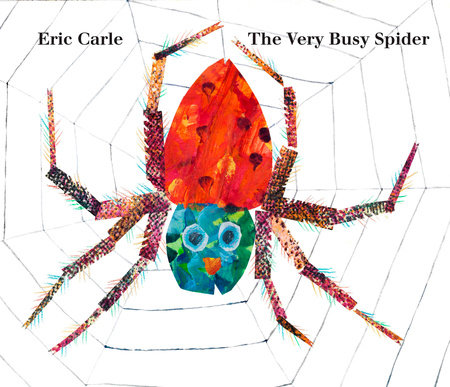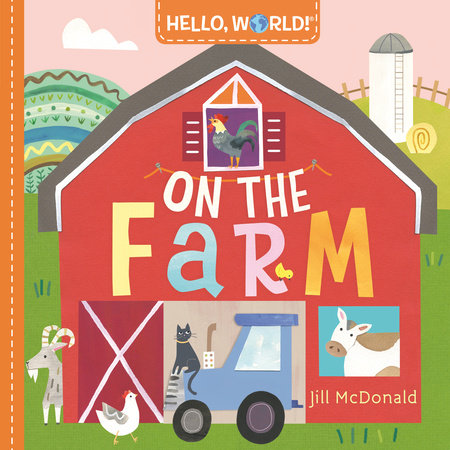Moo! Quack! Why We Teach Babies and Toddlers Animal Sounds
by Lindsay Barrett
If you’ve gotten excited about a toddler’s exuberant “woof!” when they spot a dog from their stroller, you’re not alone. Animal sounds are a common way to connect with little ones, and animal sound production helps with early language development. But is knowing the sheep says, “baa,” crucial for kids’ linguistic success? Why is there so much emphasis on getting babies and toddlers to say, “moo?” Here are three key reasons.
Going from babbling to baa-ing makes sense
According to the American Speech-Language-Hearing Association (ASHA), babies start babbling when they are 4-6 months old, delighting caregivers with consonant-vowel combinations like “ma” or “um,” and then strings of syllables like “babababa!”
Animal sounds bridge babbling and actual words, as they fit nicely into the developmental progression of early speech sounds. Many animal sounds are easier to say than animal names. In English, “baaa” is less taxing to produce than the /sh/ sound in “sheep,” and “neigh” is less complex to say than “horse.”
As babies grow into toddlers and preschoolers, games, songs, and books with animal sounds help them hear, imitate, and play with sounds in spoken language. This skill set, phonological awareness, is crucial for learning to read and write.
Sounds make for fun conversation
Babies and toddlers acquire language by recognizing, mimicking, and attaching meaning to sounds. Social interaction, and the immersion in spoken language, is the most crucial condition for this developmental magic to happen. (Interestingly, studies have repeatedly shown that there’s something special about real-life interaction to support language learning — babies and toddlers exposed to video language modeling don’t show the same growth as those who get the live version.)
While animal noises aren’t the only sounds that help kids develop language skills — any kiddo obsessed with vehicle noises can back this — animals are a part of life for many children. This includes the toys they play with, books they read, and conversations with caregivers about pets or animals they see. Chatting about animal sounds is an easy way to find common ground with little ones; this goes for parents, caregivers, siblings, relatives, and even the friendly lady in the grocery checkout line. Since more language interaction means more exposure and practice, having this shared lexicon is fantastic.
Animal sounds are language-specific
Words assigned to animal sounds vary across languages because they’ve been filtered through each language’s characteristics and rules. For example, a friend of mine explained that the standard bird sound in Hebrew is “tsif tsif.” This helps kids practice saying the “ts” sound, spelled by the Hebrew letter “tsaddik,” and used to spell “tsipor,” the Hebrew word for bird.
According to linguist Arika Okrent, in Japanese, words can’t start with a /kw/ sound, so ducks don’t say “quack.” Instead, they say “ga ga.” Okrent also points out that animal sounds use a language’s standard features. So, with all the rolling r’s of their human counterparts, French pigs say, “groin-groin.” All of this suggests that animal sounds in a given language are tailored to support speech development in that language.
Animal sounds reflect familiar experiences in culture, too. Derek Abbott of the University of Adelaide in Australia created a fascinating spreadsheet on animal-related utterances in different languages. Scroll through, and you’ll notice only one moose sound — “bröl” in Swedish — probably because Sweden is where a child is most likely to spot a moose strolling around.
Farm animal books for the win!
Even in places that don’t have working farms nearby, farm animals are frequent stars of kids’ toys, songs, and books. Reading farm animal noise books together is an excellent way to support little ones’ language learning. To get mooing, quacking, and baaing with the little ones in your life, check out these farm animal noise books:
-
Open the Barn Door, Find a Cow
Buy from:This board book is a simple and sweet choice. Each page asks, “Who says ____?” Chubby little fingers can open the flaps to find out!
Buy from: -
Peek Inside: The Farm
Buy from:Check out the adorable farm scenes and talk about all the animal sounds. This one can grow with your child; you can explore more questions and prompts as they are ready.
Buy from: -
The Very Busy Spider
Buy from:A classic for every child’s library. Farm animals visit a spider as she spins her web, each making its own sound.
Buy from: -
Can You Say It, Too? Quack! Quack!
Buy from:This is the perfect title to get little ones talking. What animal is hiding behind each flap? What sound do they make?
Buy from: -
Hello, World! On the Farm
Buy from:Enjoy this book for years, starting with the sounds on each page and adding the engaging facts about farms as little ones’ attention spans grow.
Buy from: -

Old MacDonald Had a Farm
Buy from:A delightfully illustrated version of the quintessential animal sound song — with a fun surprise ending! Ee-i-Ee-i-O!
Buy from:






